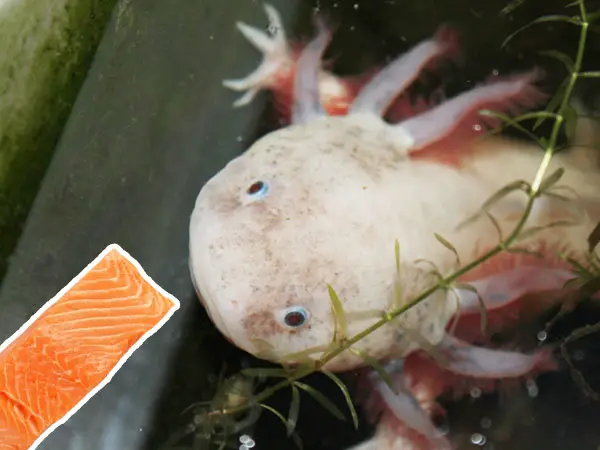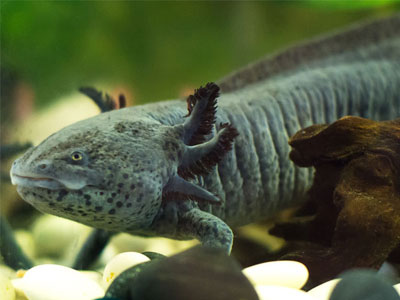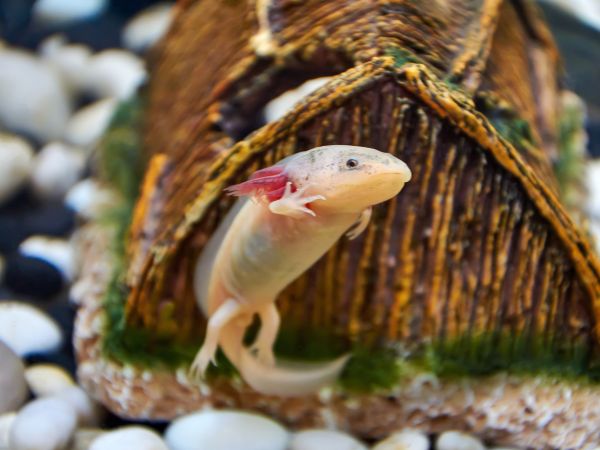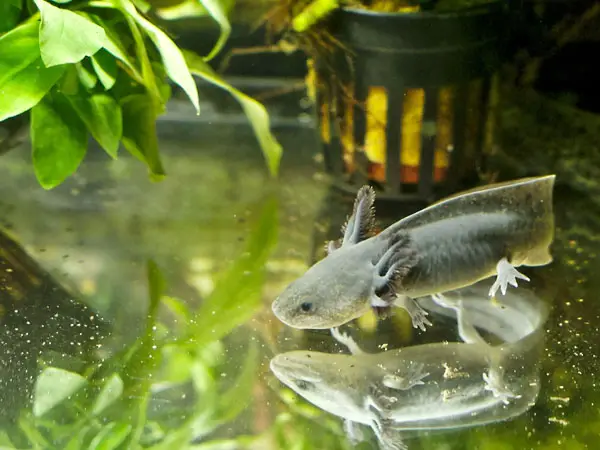If you are experienced the issue of axolotl gill filaments falling off, then there’s some various reasons for it. In most cases, it’s possibly not a severe problem, although there is reason for concern.
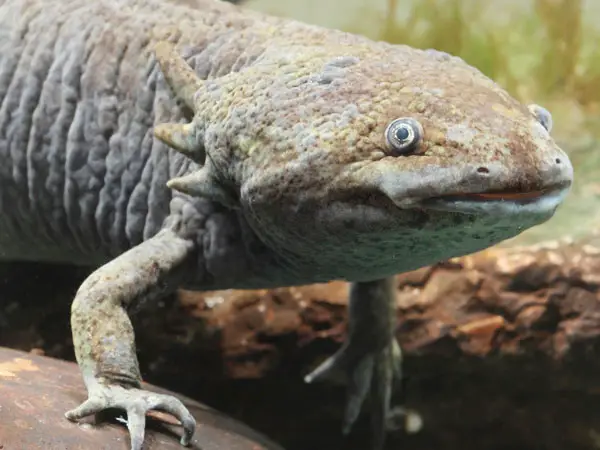
Especially if your axolotl is experiencing metamorphosis to salamander, which is extremely rare. That won’t happen often, and when it does, it’s usually fatal. Gills falling off is a sign of that, although it’s certainly not necessary that your axolotl is going through that at the moment.
There might be other problems that are much more easily addressed and can be solved. You just need to know where to look and how to find the underlying problem. Once you fix the problem, the gills should start to heal again.
Let’s take a look at some of the most common problems that cause the axolotl gills to fall off.
Ammonia Poisoning
One of the most common problems for axolotls is high ammonia levels in the water and consequently, ammonia poisoning. You will need to make constant tests of the ammonia levels with drop tests to make sure they are in the correct levels. Test kits are usually more reliable, as those drop tests are not as accurate.
The most common way you’ll be able to detect the ammonia if the nitrate levels are also high – above 40 ppm, then the most likely cause of that is ammonia poisoning. You’ll also see some other possible symptoms; the physical symptoms include red patches on the skin, lack of appetite, change in gill color, and overall sick appearance.
To solve the issue, you’ll have to do daily water changes (50%). Keep testing the water every day or even more often, and keep the routine going until the levels of ammonia are depleted. In the future, you’ll want to test ammonia levels at least once a week. Hopefully, the axolotl will survive it.
Bacterial or Fungal Infection
Another common problem that’s seen with axolotls is bacterial and fungal infections. Initially, the infection will manifest itself in raised white or grey lesions all over the body, but mainly on the head of the axolotl. Then, these lesions will start to spread and you’ll notice they will start merging. This will result in fuzzy growth all over the body, reminiscent of dandelion puff.
If the internal organs get infected, it can also result in death. With infections, you might see the gills fall off. You’ll have to act fast once you notice the infection before it’s too late for the axolotl and it spreads. In some cases, it’s also unsolvable.
First, you’ll have to identify if the problem really is the infection. Look for the above-mention symptoms. If you identify the infection, you’ll need to do water measurements. Normally, infections happen due to improper housing and water conditions and the resulting stress. Try to change the water, lower the temperature, and hope the infection goes away. In severe cases, you can try salt baths.
Water Temperature
If the water temperature is not right (most likely, it’s too high), then you might start to see several problems develop over time. In a matter of days or weeks, the axolotl that is in a water that’s too warm or cold will start to display symptoms of diseases and general illness. One of them is also the gills falling off.
The first thing you should do is to measure the water. If it’s too warm (above 22 degrees Celsius – 71 degrees Fahrenheit), then you should try to do water changes, and buy an aquarium cooler. With the cooler, you’ll be able to drop the water temperature in a few hours, or it might take days.
To prevent this from happening in the future, keep the water temperature in check. The ideal temperatures range between 16 and 18 degrees Celsius (60-64 degrees Fahrenheit). Make regular temperature checks, and get a cooler if the room temperature is too high, or if the tank is exposed to sunlight.
Poor Water Quality
A general lack of water quality can lead to small to even severe health problems if the quality is on a low level constantly. You might start to see problems with your axolotls, as they will encounter stress. They will stop to eat, will become lethargic or overly-annoyed, and other problems.
Constant maintenance is the best cure for poor water quality. If you don’t practice that already, then you must take instant action. Make water changes every day until the ammonia levels go down, and get a filter if you haven’t got one already.
Maybe the problem is in the size and strength of your filter – if it’s not strong enough, then it’s not filtering the water effectively, resulting in poor water quality. Some filters might get overwhelmed as axolotls produce quite a lot of waste.
Axolotl Metamorphosis
This is very rare, there is a very small chance that your axolotl is undergoing a metamorphosis into a salamander. If you don’t find another reason, then this might be it, and you’ll learn if it is after a couple of days. If your axolotl is transforming into a salamander, they’ll usually die after a couple of days. They just can’t handle this metamorphosis.
While it’s very uncommon for an axolotl to undergo metamorphosis in the wild, it can be induced experimentally. In your case, it’s a natural occurrence most likely, and it will take its toll on the poor axie. They will usually not survive the metamorphosis.
Axolotls are amphibians that don’t undergo this stage of metamorphosis, and instead, they remain aquatic. They are unique in this case, and they won’t turn into a salamander. But if they do after a few months or years, they might pass away, sadly.
Conclusion
Axolotl gills falling off requires your immediate attention. In some cases, the reason is solvable, although not instantly. In other cases, it’s sadly no treatments for it, such as in the case of metamorphosis. Luckily, these cases are extremely rare, and hopefully, your axolotl won’t go through it.

